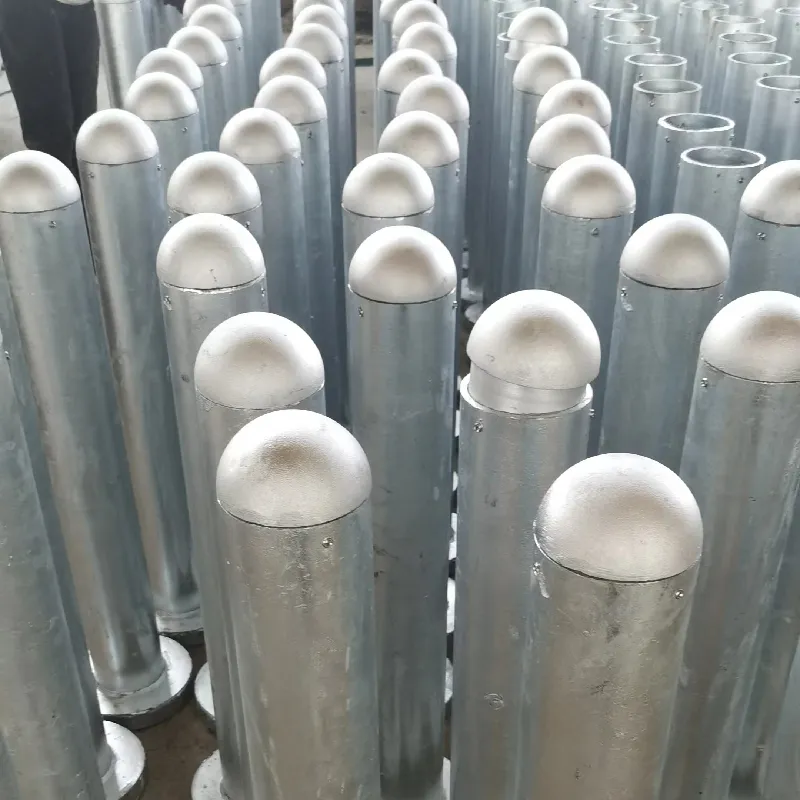Understanding the Role of Gate Valves in Pipeline Systems and Their Optimization
The Role of Gate Valves in Pipeline Systems
Gate valves are crucial components in pipeline systems, serving vital functions in regulating fluid flow. Their robust construction and reliable operation make them a preferred choice in various applications, from industrial settings to municipal water supply systems. Understanding the design, function, and advantages of gate valves can enhance their effective use in pipeline management.
At their core, gate valves are designed to provide an unobstructed flow of liquids or gases when fully open. Unlike other types of valves, such as globe or ball valves, gate valves do not alter the flow path; this characteristic minimizes pressure drops and turbulence, allowing for efficient transportation of materials. The basic operation involves a sliding gate or wedge mechanism that raises and lowers to either permit or prevent flow, making them particularly well-suited for on/off applications.
The Role of Gate Valves in Pipeline Systems
Installation and maintenance of gate valves in pipeline systems require careful consideration. Proper placement of the valve is essential to ensure optimal performance. Gate valves should generally be installed in a horizontal position to prevent the accumulation of debris that can hinder their operation. While gate valves are durable, regular maintenance is necessary to avoid potential failures. This involves inspecting for leaks, ensuring the gate moves freely, and lubricating any moving parts. Neglecting maintenance can lead to operational issues, such as difficulty in opening or closing, which can disrupt the flow in pipeline systems.
gate valve in pipeline

Another crucial factor to consider when using gate valves in pipelines is the flow velocity. These valves are most effective with a slow to moderate flow rate. When a gate valve is partially opened, it can create turbulence and increase the risk of erosion and damage. Therefore, it is recommended to use gate valves for applications requiring either full open or full closed positions. For situations that require throttling or regulating flow, other valve types, like globe or ball valves, may be more appropriate.
In terms of operating principles, gate valves are either manually operated or can be automated with actuators. Manual gate valves typically utilize a handwheel, while automated versions can be controlled remotely, providing enhanced operational efficiency. Automation of gate valves is increasingly common in large-scale applications, where precise flow control is vital for safety and efficiency.
Environmental considerations also play a role in the deployment of gate valves in pipeline systems. With growing awareness regarding environmental protection, industries are focusing on using valves that minimize leakage and are built from sustainable materials. Innovations in sealing technology and materials science continue to improve the efficacy of gate valves, ensuring they meet modern standards for environmental sustainability.
In conclusion, gate valves are an integral part of pipeline systems, offering a reliable method for controlling fluid flow. Their capability to manage high pressures while providing minimal flow resistance makes them indispensable in various sectors. Understanding their proper use, maintenance, and integration within pipeline systems is essential for engineers and operators seeking to optimize performance and ensure safety. The ongoing evolution in gate valve technology will likely further enhance their utility, demonstrating their lasting importance in the field of fluid transportation.
-
The Smarter Choice for Pedestrian AreasNewsJun.30,2025
-
The Gold Standard in Round Drain CoversNewsJun.30,2025
-
The Gold Standard in Manhole Cover SystemsNewsJun.30,2025
-
Superior Drainage Solutions with Premium Gully GratesNewsJun.30,2025
-
Superior Drainage Solutions for Global InfrastructureNewsJun.30,2025
-
Square Manhole Solutions for Modern InfrastructureNewsJun.30,2025
-
Premium Manhole Covers for Modern InfrastructureNewsJun.30,2025
